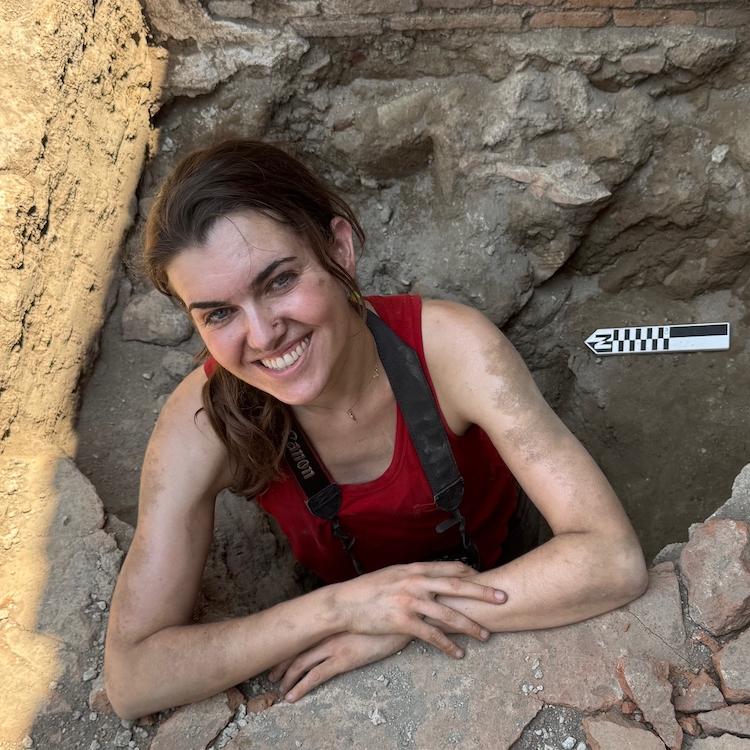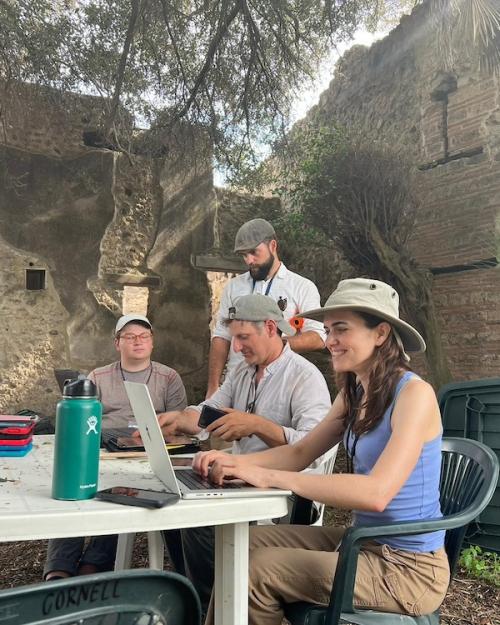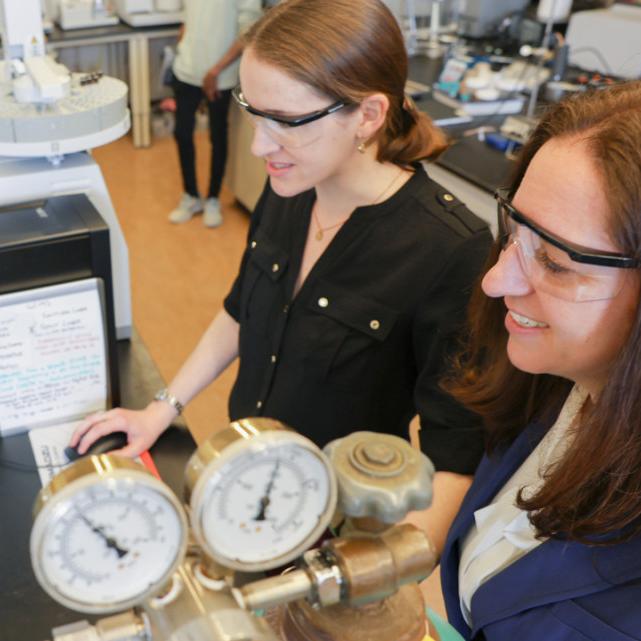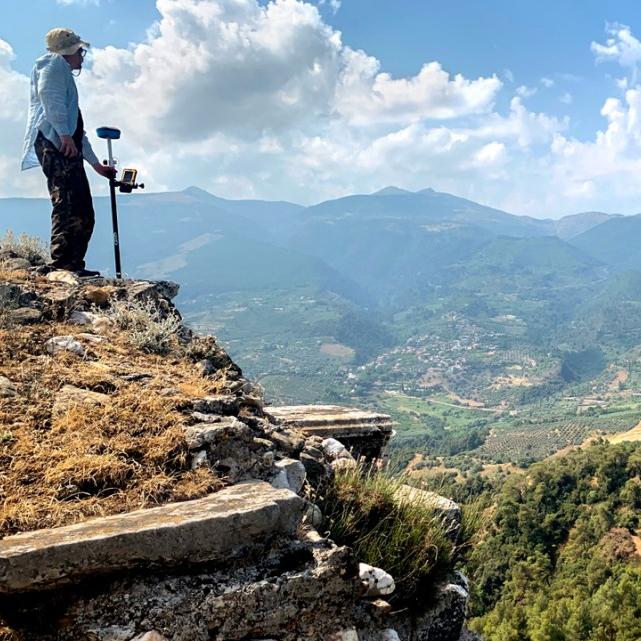
 Department Homepage
The College of Arts & Sciences
Department Homepage
The College of Arts & Sciences
Modeling an ancient house and garden in 3D
Cornell researchers have received a $150,000 NEH Digital Humanities Advanced Grant to create a 3D virtual modeling project based on the Casa della Regina Carolina, a large Pompeian house.




